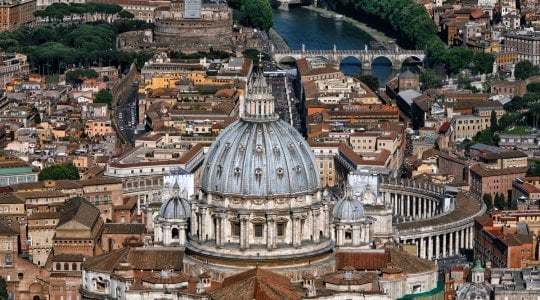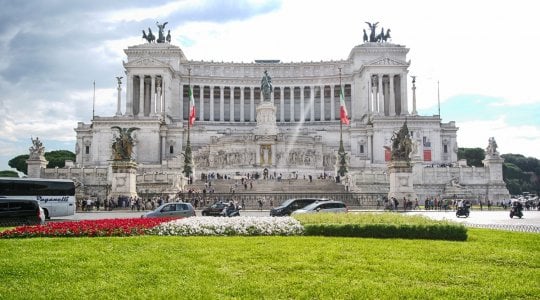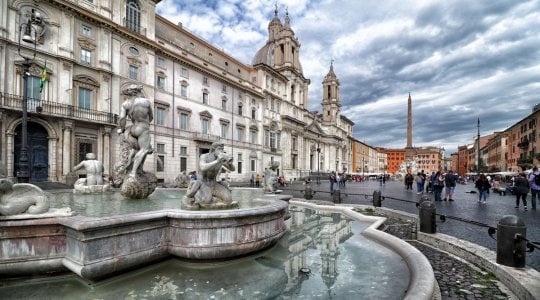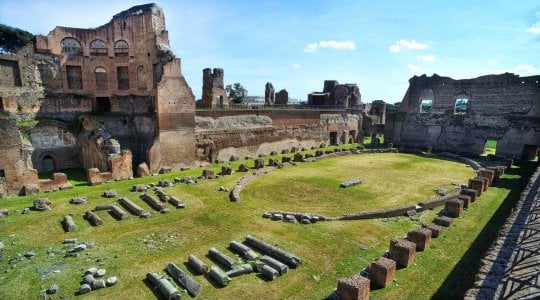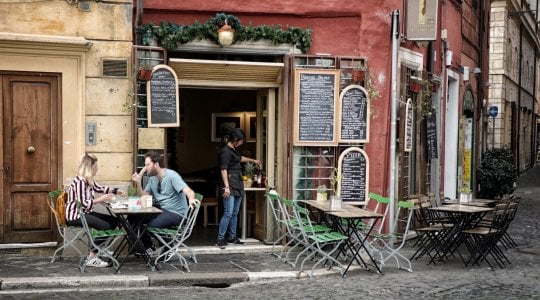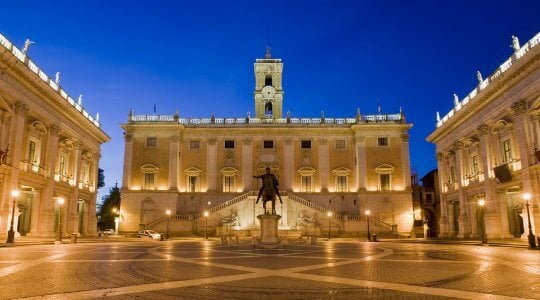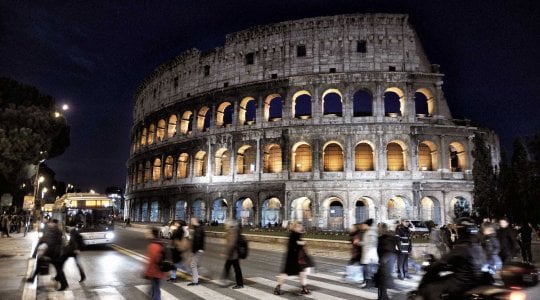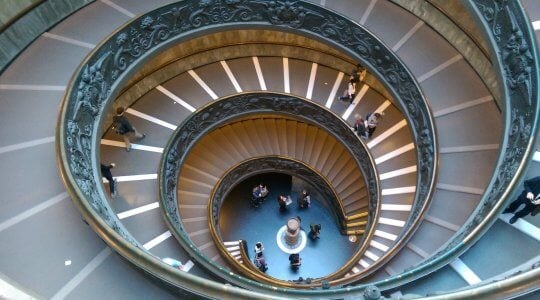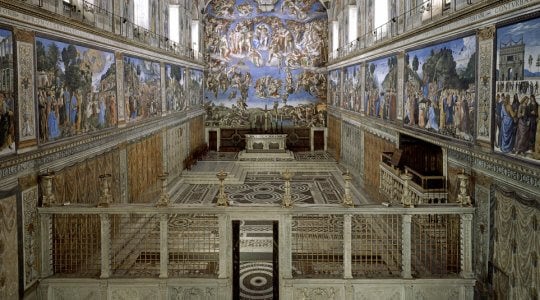Official Reseller Rome and Vatican – Jubilee 2025
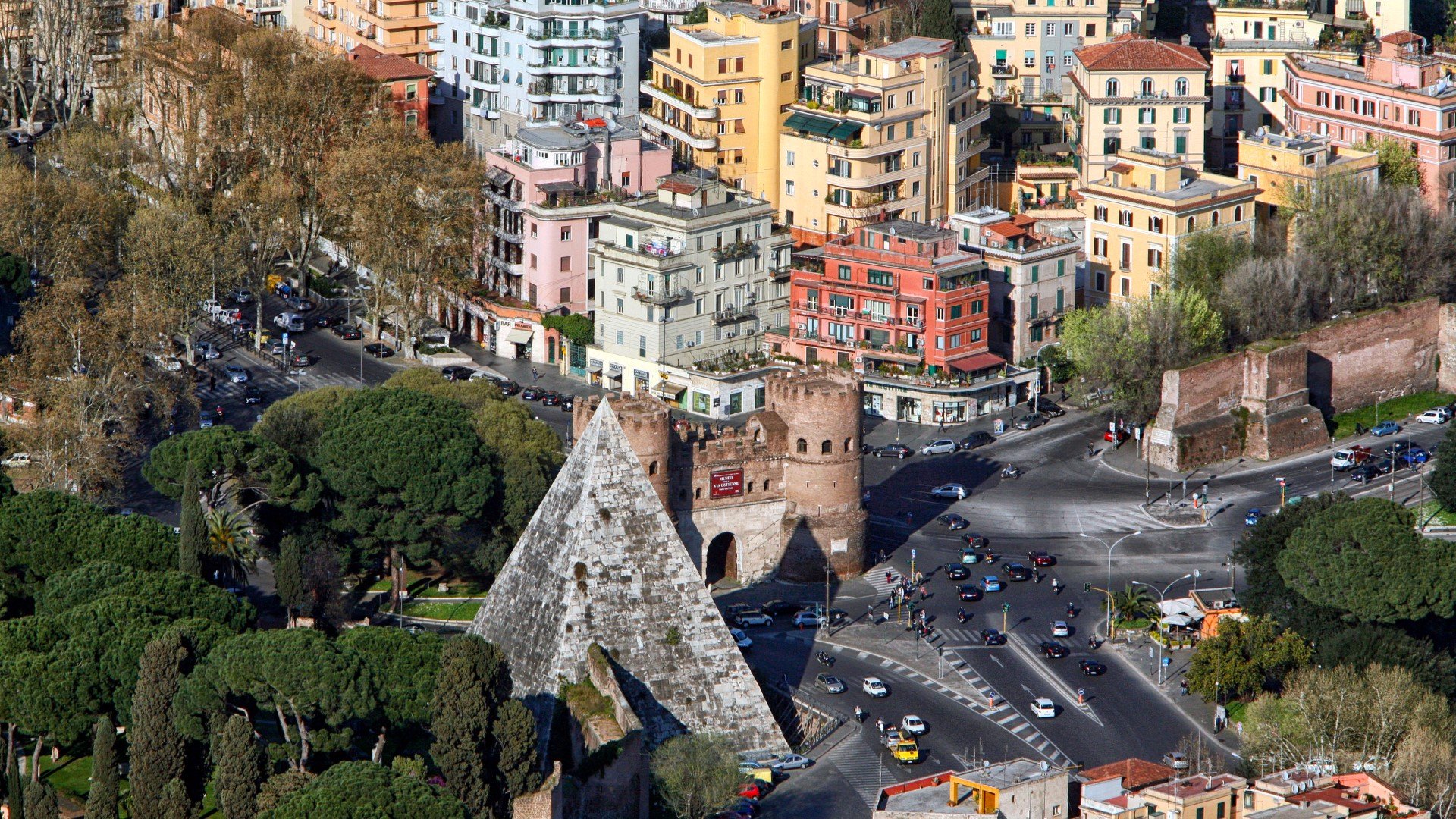
Rome areas: Aventine
The Aventine area is one of the most elegant zones of Rome, near the heart of the capital. It owes its name to one of the seven Roman hills on which it rises and extends in the southern part of the capital, between the Tiber river and the Baths of Caracalla. It is an exclusive hilly area rich in history, thanks to the presence of numerous historic and valuable buildings.
The Aventine area over time
History has been the protagonist of the Aventine hill since the founding of the city, when Remo chose it as an ideal point where to raise the city in the famous dispute with his brother Romulus on the place. Remo lost the dispute and the city was built in the Palatine area, but the Aventine (which stood in front of it) remained a fundamental point for Rome and its citizens. It turned into a mostly mercantile neighborhood starting from B.C. 650, thanks to the nearby river port, an area frequented mainly by foreigners and close to the pomerium. In B.C. 400 it was the scene of plebeian struggles and the plebs became its owners, starting the construction of social housing. With the imperial age, however, the plebs migrated to Trastevere and aristocratic families entered the neighborhood, revolutionizing it in taste and style. Here Adriano, Vitellio and Traiano lived before becoming emperors and Septimius Severus. Buildings of great architectural value were built there such as the Terme Suranae and Decianae and the most famous Baths of Caracalla; the Temple of the Moon and that of Juno and the Basilica of Santa Sabina. In 410, during the famous sack of Rome, the zone was destroyed, but a new and always elegant area that remained unchanged up to the present day was born from its ashes.
The Aventine area today
Today the Aventine zone is a very sought-after residential area, a stone’s throw from places of prestige and interest such as the Colosseum, Campidoglio and Piazza Venezia, while remaining secluded and reserved. Elegant buildings and Art Nouveau villas rise among parks and lush gardens in quiet streets that lead to the hill. It is considered by Roman citizens as an * oasis of * * peace * and tranquility just a stone’s throw from the center and its comforts. The demographic development has never stopped, but at the same time, it has remained moderate and in line with the history and geographical conformation of the area. Currently, some very interesting old buildings renovation projects are underway.
Where to go in the Aventine
In addition to representing one of the most elegant areas of Rome, where the tranquility of the residential area is combined with the convenience of being near the beating heart of the city, the Aventine area is an ideal place for the services that it offers. The area is in fact offers an extensive transport network and is full of bars, charming hotels and restaurants, especially in the area of the * Circus Maximus *, a lively and pumping area. Being able to walk around the nature, in the beautiful Municipal Rose Garden or in the garden of the * Villa of the Grand Priory of Malta is priceless, especially for those who like to carve out moments in the open air or have dogs.
A few minutes away, you can go shopping in the traditional market of Testaccio, Romanesco doc zone, or reach the famous and fun outdoor market of “Porta Portese”. In the Aventine, there is also the FAO, with its rich library, and Eataly, the renowned food and wine center. Visiting the Aventine means fully living Rome, while breathing its authentic and cultural air surrounded by greenery.
